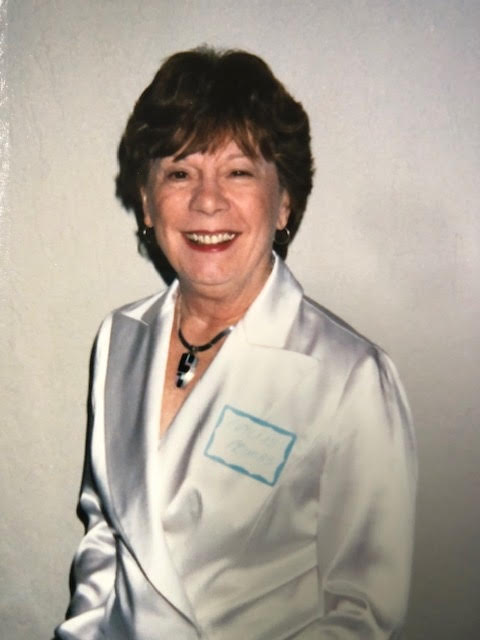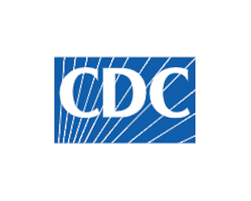AZ may permanently pay parent caregivers. Public comment ends Monday (azcentral.com)
Maricopa County heat-associated deaths jump to 89 so far in 2023 (azcentral.com)
Summer COVID-19 surge, measles emerging in more adults – Arizona PBS (azpbs.org)
Gov. Katie Hobbs names new slate for Arizona-Mexico Commission (azcentral.com)
Here’s how Phoenix-area schools are handling COVID-19 this year (azcentral.com)




